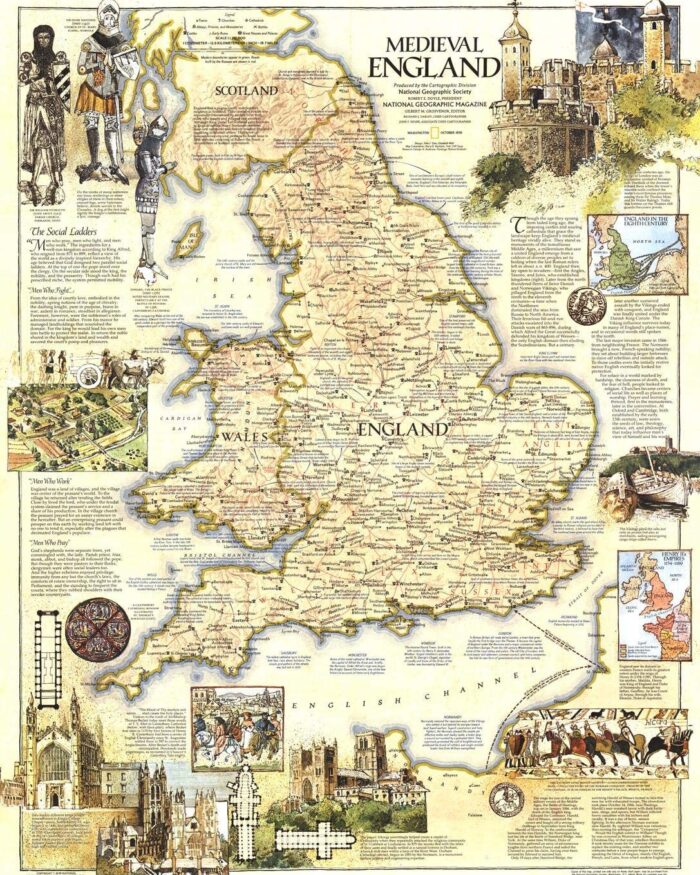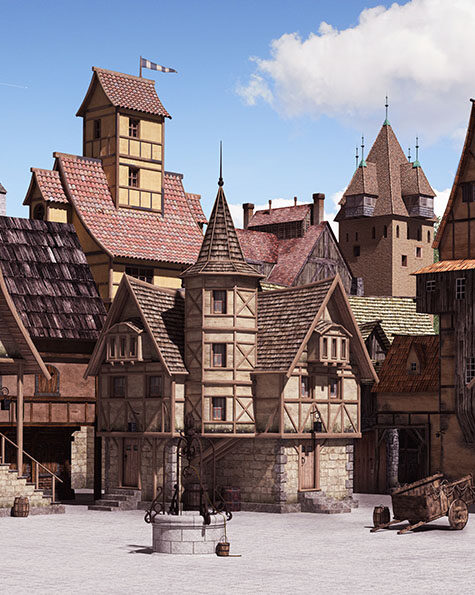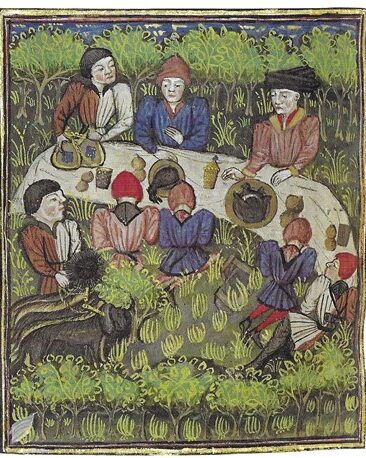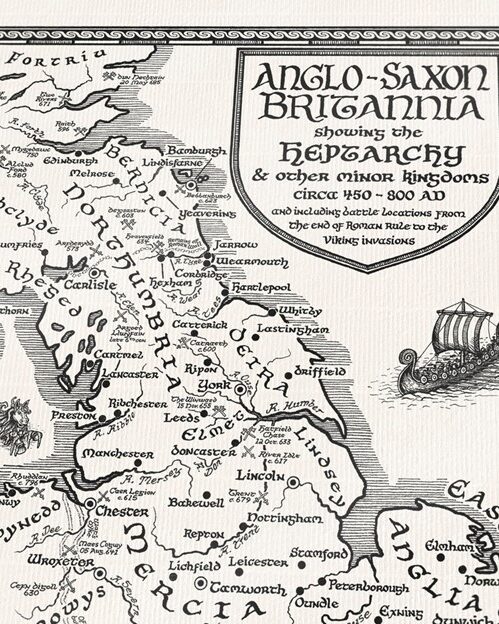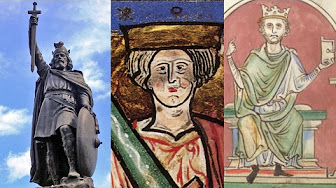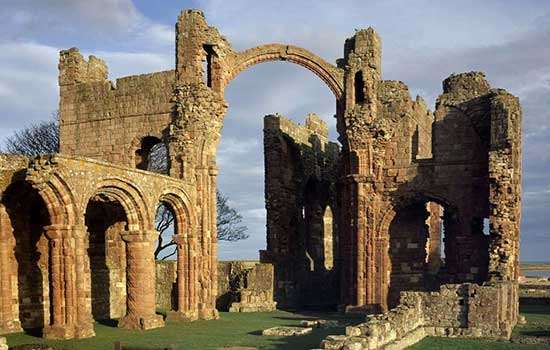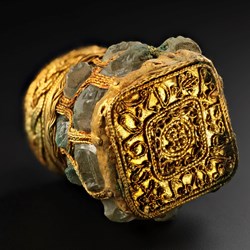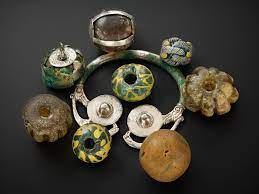Æthelred I: Fighter of the Storm from the North
Æthelred, also spelled Aethelred, Ethelred, birth 845AD/crowned King of Wessex, 865 at age 20/
death 871 at age 26/spouse, Wulfthryth, date of marriage unknown
House: Wessex/Father, Æthelwulf, King of Wessex/Mother, Osburh
Children: Two sons, Æthelhelm, Æthelwold
Reign: 865 to 871
Any accomplishments Æthelred I achieved during his short reign was overshadowed by Viking activities. Before Aethelred’s ascension in 865, an assembly of Vikings arrived in East Anglia and marched through East Anglia and Mercia, capturing York and settling down for the winter. A tenth-century Latin translation of the Anglo-Saxon Chronicle asserts that the army was led by a warrior known as ‘Ivar the Boneless,’ son of Ragnar Lothbrok (sometimes called Ragnar Lodbrok or Lothbrock). Unlike other raiding parties, this was an army of conquest, planning to remain in Britain and take over entire kingdoms.

A fifteenth-century depiction of Ivar and his brother Ubba ravaging the countryside.
| Vikings had raided England and Scotland since the late 700’s. They first landed in Norfolk in 787 and returned every summer after that to plunder areas of wealth such as monasteries and priories. The difference between earlier Vikings and those in the mid- and late-1800’s is that later Vikings wanted to remain in England. Because the weather was better the further south they went, they began to attack those outside of Northumbria. Source: Timeref |

World History Encyclopedia: Viking Invasions from 865 to 878
According to the Gesta Danorum (c. 1185) written by the Danish historian Saxo Grammaticus, Ivar Lothbrok’s father Ragnar was a ninth-century Danish warlord, chieftain, and king whose campaigns included a battle with the Holy Roman emperor Charlemagne. Although his exploits became the stuff of legends as the years when by, he is thought to be a real-life Scandinavian warlord. According to Saxo’s legendary history, Ragnar was eventually captured by the Anglo-Saxon King Aella of Northumbria and thrown into a snake pit to die. This story is also recounted in later Icelandic works.

Ragnar Lothbrok, executed by being thrown into a pit of snakes.
Illustration from Histoire populaire de la France, 19th century.
Source: Ragnar Lothbrok
| A 19th-century Artist’s Impression of Ælla of Northumbria’s Execution of Ragnar Lodbrok Source: Wikipedia: Ragnar Lodbrok |
In the Icelandic saga The Tale of Ragnar’s Sons Ragnarssona þáttr), when Ragnar’s sons Ivar the Boneless, Björn Ironside, Hvitserk and Sigurd Snake-in-the-Eye captured York to avenge the death of their father, they subjected King Aella to a blood eagle’ ritual killing. Victims subjected to the ‘blood eagle’ had their ribcage broken and their lungs removed and draped around their neck to resemble an eagle’s folded wings. Other than in sagas, there is no evidence of this practice.

A section from the Stora Hammars I stone, preserved at Gotland in Sweden. The carving seems to show a victim about to be cut open from the back; a bird of prey appears behind him. It has been suggested that this depicts the rite of the blood eagle. Source: The Vengeance of Ivarr the Boneless

Source: The Vengeance of Ivarr the Boneless
Hearing of successful Viking raids and settlement in East Anglia and Northumbria, Æthelred joined forces with his brother-in-law Burghred, king of Mercia to protect lands from the Scandinavians. In 870, King Æthelred’s first attempt to crush the Vikings in the hills west of Reading proved futile but a second attempt resulted in a Viking retreat. Two more battles within Wessex took place with the Vikings the victors. Then, as if events could not get worse for Æthelred, a new fleet of Vikings from overseas sailed up the Thames River to join the forces camped at Reading. This was the end for King Æthelred. Literally. Shortly after the arrival of the new fleet, he died of battle wounds. His body was carried to Dorset, to be buried in the minster at Wimborne.

